Disclosure: This article contains affiliate links. We may earn a commission from purchases at no extra cost to you, which helps our travel content.
There's something magical about watching Europe unfold frame by frame through a train window—like the most beautiful animation sequence I've ever directed. Last summer, my 10-year-old son Miles and I traded our digital drawing tablets for Eurail passes and embarked on what he dubbed 'The Great European Choo-Choo Adventure' from Rome to Berlin. As an animator who's spent decades creating movement, I've found no better way to experience the gradual transition of landscapes, architecture, and cultures than by rail. This wasn't just about getting from point A to point B—it was about the story that unfolds between those points. Whether you're a solo traveler seeking the perfect establishing shot of Alpine villages or a parent looking to create core memories with your kids, this 2-week rail journey offers the perfect blend of efficiency, adventure, and those serendipitous moments that no flight could ever provide. Grab your sketchbook and join me as I break down our Rome-to-Berlin rail odyssey—complete with the best stops, rookie mistakes (so you don't have to make them), and how to turn transit time into the highlight of your European adventure.
Planning Your Route: The Perfect Storyboard
Every great animation starts with a solid storyboard, and a European rail adventure is no different. Our Rome-to-Berlin journey wasn't a direct shot—that would be like skipping straight to the credits! Instead, we crafted a sequence that gave us the perfect blend of big cities and smaller scenes that often end up being the most memorable.
Our route looked something like this:
Rome → Florence (2 nights) → Venice (2 nights) → Innsbruck (1 night) → Munich (2 nights) → Dresden (1 night) → Berlin (4 nights)
The beauty of European trains is that they're like working on a flexible animation timeline—you can adjust and rework as you go. We originally planned to stop in Salzburg, but after Miles saw pictures of Innsbruck nestled in the Alps, he gave me those big puppy dog eyes and said, 'Dad, can we go where the mountains hug the city?' How could I say no to that storyboard revision?
For booking, I relied heavily on the Eurail Pass which gave us the flexibility to make last-minute changes. For certain high-speed routes like Florence to Venice on the Frecciarossa trains, you'll still need seat reservations (about €10 each), but the pass covers the base fare.
One afternoon in Florence, we met an Australian family who'd made the rookie mistake of not reserving seats for the popular Venice route. They ended up standing for two hours! Miles looked at me with relief when I pulled out our reservation tickets and whispered, 'Good planning, Dad!' Those small victories keep you going as a parent traveler.
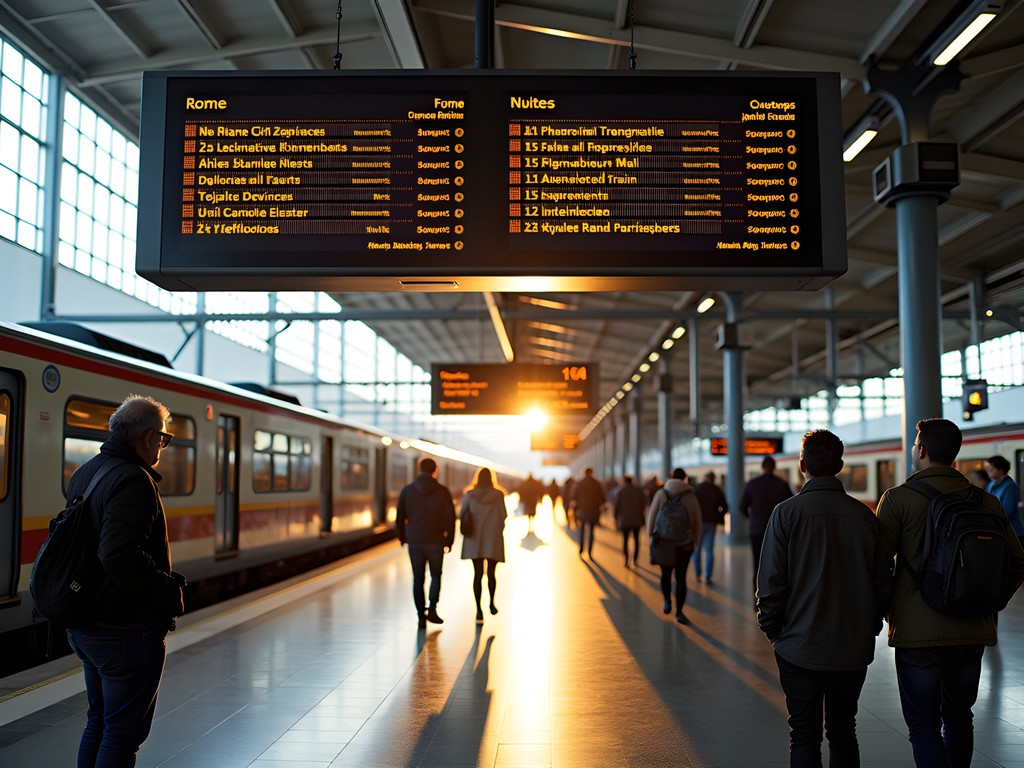
💡 Pro Tips
- Book popular routes like Venice-Munich at least a few days in advance, especially in summer
- Download the Rail Planner App to check timetables offline
- Consider overnight trains for longer stretches to save on accommodation
Rome to Florence: Where Our Journey Began
Our adventure kicked off at Rome's Termini station, where Miles immediately transformed into a mini train spotter. 'Dad! That one's going to Paris! And that one to Barcelona!' His enthusiasm was contagious, though I had to remind him we were sticking to our own itinerary—at least for now.
The Rome to Florence leg is the perfect introduction to European train travel—just 1.5 hours on the high-speed Frecciarossa. Pro tip: book seats on the left side of the train (when facing forward) for the best countryside views. These trains move at up to 300 km/h, which I explained to Miles is 'faster than Sonic the Hedgehog on a good day.' That reference landed perfectly with him.
Florence Santa Maria Novella station deposits you right in the heart of the city—unlike airports that leave you stranded in some distant suburb. We walked just 10 minutes to our apartment near the Duomo, dropped our bags, and were admiring Brunelleschi's dome within the hour. That's the magic of train travel—no airport security lines, no waiting for luggage, just straight into the action like jumping to the good part of the story.
In Florence, the Renaissance architecture provided endless inspiration for my animator's eye. Miles and I spent one afternoon sketching the Ponte Vecchio from different angles. A local artist stopped to admire Miles' work and gave him an impromptu lesson on perspective. 'You see how the bridge creates a natural frame?' she explained in accented English. 'That's what we call composition.' Miles beamed with pride, and I quietly added another tally to the 'travel is the best education' column.
Before boarding each train, I made sure our travel backpack was stocked with snacks, water, and entertainment. While Italian high-speed trains have food carts, prices are steep, and the selection is limited. Miles learned this lesson when his €4 hot chocolate turned out to be a tiny cup of what he called 'sad brown water.'
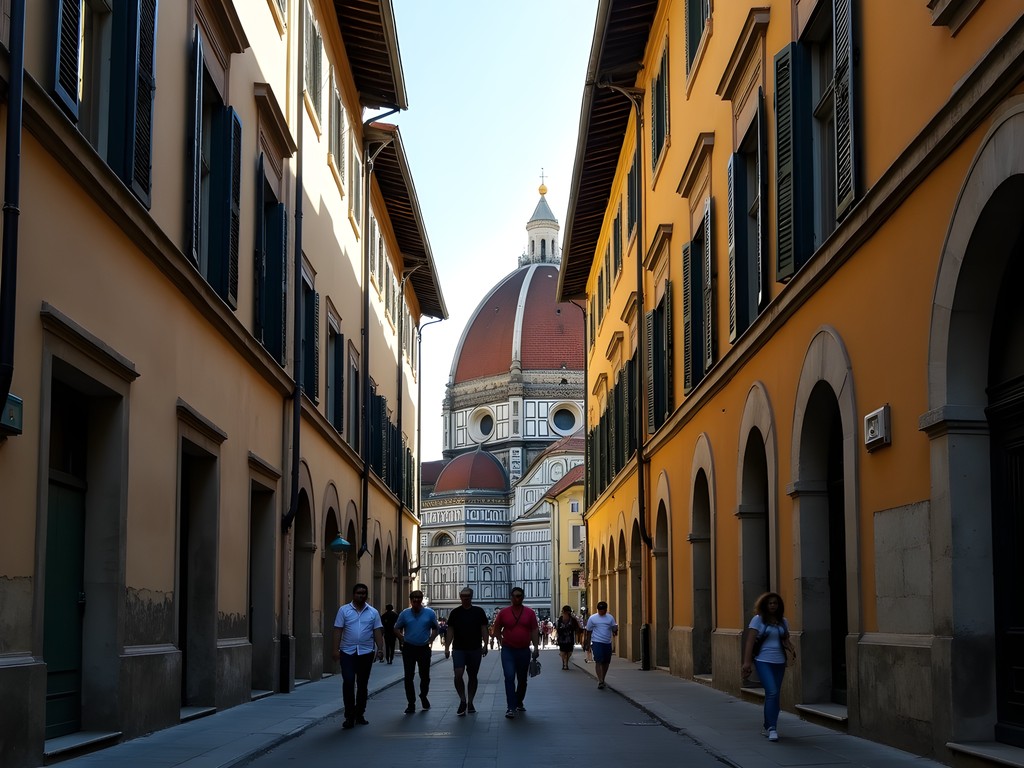
💡 Pro Tips
- Book seats in Business Class for just €10-15 more than Standard for significantly more comfortable seats and less crowding
- Validate any paper tickets before boarding in the small yellow machines at the station
- Download offline maps of your destination before arrival so you can immediately navigate from the station
The Alpine Transition: Venice to Innsbruck
If I were storyboarding the perfect visual transition in an animated film, I couldn't have scripted it better than the train journey from Venice to Innsbruck. This 4-hour route is what I call the 'character transformation sequence' of our trip—you start in the floating city of Venice with its Byzantine and Renaissance influences, and gradually the landscape morphs into the dramatic Austrian Alps.
'Dad, it's like we're traveling through time!' Miles exclaimed as we watched Venice's lagoon fade away, replaced by the rolling hills of northern Italy, then the increasingly dramatic mountains of South Tyrol, and finally the towering peaks surrounding Innsbruck.
This particular route requires a transfer at Verona Porta Nuova station. We had about 30 minutes to change trains, which was plenty of time to grab a quick espresso (for me) and gelato (for Miles, who insisted it was 'research on Italian-to-Austrian ice cream transitions'). The regional train from Verona to Innsbruck is where the real magic happens—make sure to snag seats on the right side for the most dramatic mountain views.
As we climbed higher into the Alps, the train slowed to navigate tight curves, offering extended glimpses of valleys that seemed straight out of a fantasy film. Miles spent almost the entire journey with his nose pressed against the window, his travel journal forgotten on his lap. I've learned to pack this journal for every trip—it's become a time capsule of his observations and sketches that's far more valuable than any souvenir.
'Look how the shadows move across the mountains,' I pointed out, trying to sneak in an animation lesson about light and timing. 'See how it changes the mood completely?' He nodded, absorbing the natural masterclass in visual storytelling that no classroom could provide.
The Brenner Pass, marking the border between Italy and Austria, offers some of the most spectacular railway scenery in Europe. The train slows considerably here, tunneling through mountains and crossing viaducts that offer vertigo-inducing views. When we emerged from one particularly long tunnel to a panoramic Alpine vista, Miles turned to me wide-eyed and said, 'This is better than any 3D movie!'

💡 Pro Tips
- Pack layers for this journey—the temperature difference between Venice and Innsbruck can be significant even in summer
- Download the ÖBB (Austrian Railways) app for the Austrian leg of the journey
- Bring binoculars for spotting distant castles and wildlife in the Alps
German High-Speed Rail: Munich to Berlin
The final act of our rail adventure featured Germany's impressive ICE (InterCity Express) trains on the Munich to Berlin route. If Italian trains are like classic Renaissance art—beautiful but occasionally temperamental—German trains are precision-engineered machines that would make any animator appreciate the beauty of exact timing and smooth movement.
The direct journey takes about 4 hours, but we opted for a one-night stopover in Dresden to break up the trip and explore what Miles called 'the city that got put back together like a giant puzzle' after learning about its WWII destruction and reconstruction.
Before boarding in Munich, I made sure to stock up on snacks at the Hauptbahnhof's excellent food hall. German train stations are like small cities unto themselves, with surprisingly good dining options. Miles was particularly impressed by the pretzel selection, solemnly declaring, 'Dad, I think I need to try each type. For cultural research.'
The ICE trains deserve special mention for their comfort and amenities. The seats are spacious with plenty of legroom, large windows for sightseeing, and—most importantly for a working dad—reliable Wi-Fi and power outlets. I was able to review some storyboards for an upcoming project while Miles entertained himself with his tablet loaded with games and drawing apps. This tablet has been our travel MVP—lightweight, great battery life, and perfect for keeping him engaged during longer journeys.
What struck me most about this leg was how the landscape told Germany's story—from the Bavarian countryside with its neat farms and onion-domed churches to the more industrial former East German regions, still bearing subtle traces of their Soviet-era past. It's like watching the historical context of a character unfold in visual form.
In Dresden, we had just enough time to visit the meticulously reconstructed Frauenkirche and the Zwinger Palace before catching our final train to Berlin the next day. The short 2-hour journey to Berlin was the denouement of our rail adventure, with Miles already planning our next European train journey before we'd even arrived at Berlin Hauptbahnhof.
'Next time, can we go all the way to Norway, Dad?' he asked. 'I want to see if their trains have special lights for seeing the Northern Lights!' I couldn't help but smile at his enthusiasm—and mentally began calculating how much vacation time I'd need to save up.
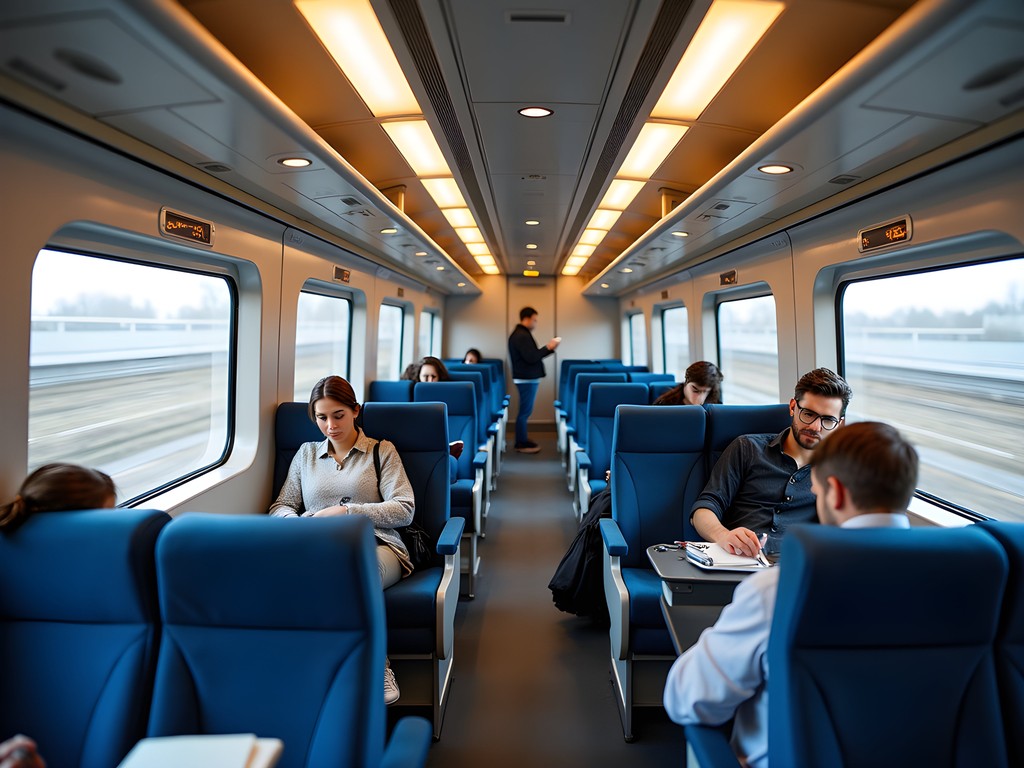
💡 Pro Tips
- Reserve seats in advance for ICE trains, especially if traveling as a family wanting to sit together
- Look for the 'Quiet Car' (Ruhebereich) if you want to work or relax without noise
- For longer German rail journeys, consider the DB Comfort seats—worth the extra €10-15 for significantly more comfortable seating
Packing Smart for European Rail Travel
As an animator who's spent years streamlining workflows, I've applied the same efficiency to packing for rail adventures. The key is thinking in terms of mobility and accessibility—you'll be handling your own luggage on and off trains, sometimes with just a few minutes at each stop.
Miles and I each traveled with a single backpack rather than wheeled luggage. This was a game-changer on the charming but utterly impractical cobblestone streets of Venice and the crowded platforms of Florence. The Osprey Farpoint opens like a suitcase for easy access but carries like a comfortable backpack—essential when you're sprinting to catch a connection or navigating the 400+ steps of Florence's Duomo (which Miles insisted we climb twice).
'Dad, remember when that family with the giant suitcases couldn't fit through the train door in Venice?' Miles laughed as we easily boarded with our backpacks. It was a teachable moment about the value of traveling light.
Inside our packs, packing cubes kept everything organized and compressed. I'm not naturally a neat packer—my animation studio looks like a creative tornado hit it—but on trains, organization is crucial. You don't want to be that person emptying their entire bag on the seat looking for a phone charger.
For day trips from each base, we each carried a lightweight packable daypack. Mine doubled as my work bag when I needed to catch up on storyboard reviews during longer train rides. Miles carried his own essentials, which primarily consisted of snacks, his sketchbook, and what seemed like an unnecessarily large collection of colored pencils that he insisted were 'all different, Dad!'
Don't forget to pack a refillable water bottle with a built-in filter. European trains vary wildly in their amenities—German ICE trains have drinking water available, but regional Italian trains often don't. The water bottle became our most-used item, especially during the summer heat wave that hit during our trip. The self-cleaning feature gave me peace of mind when refilling from various sources.
One packing regret? Not bringing proper rain protection. When we got caught in an unexpected downpour in Munich, Miles fashioned a rain hat from the complimentary newspaper on the train and declared himself 'weatherproof.' His improvisation skills made me proud, but next time we'll pack actual rain gear.
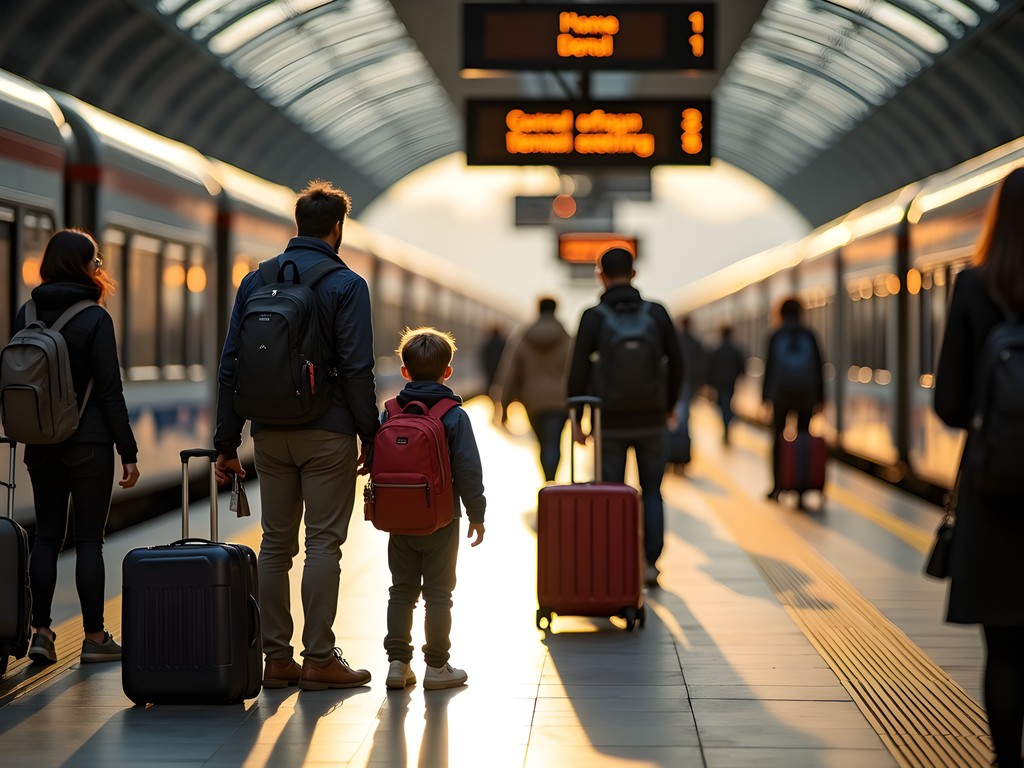
💡 Pro Tips
- Choose backpacks over wheeled luggage for navigating stations and historic city centers
- Always keep valuables, medications, and one day's clothing in your daypack in case checked luggage gets delayed
- Pack a universal power adapter with multiple USB ports for charging devices on trains
Making the Most of Train Time with Kids
As an animator, I've learned that the spaces between the action are just as important as the highlights—the same goes for train travel with kids. Those hours between destinations aren't just transit time; they're opportunities for connection, education, and the kind of unstructured conversations that rarely happen in our busy daily lives.
Miles and I developed what we called our 'Train Rituals' that made the journey as memorable as the destinations. As soon as we settled into our seats, we'd take out our sketchbooks and draw the same view from the window. At the end of the trip, we compared our collection of sketches—his filled with imagination (trains with rocket boosters and mountains with faces), mine attempting to capture lighting and perspective. These sketch sessions taught him observation skills while giving us a unique travel journal.
'Dad, you always draw exactly what's there,' Miles observed somewhere between Innsbruck and Munich. 'But I draw what could be there.' I couldn't argue with his creative philosophy.
We also played language games, attempting to learn essential phrases in Italian and German. Our fellow passengers often became impromptu language teachers. An elderly Italian grandmother sitting across from us on the Florence-Venice route spent an hour teaching Miles numbers and colors in Italian, beaming with pride when he correctly identified 'rosso' and 'verde' outside the window.
For longer journeys, I came prepared with downloadable audio guides about our next destination. While Miles colored, we listened to stories about Bavarian kings, Roman emperors, and the Berlin Wall. Context is everything—whether in animation or travel—and these background stories made each arrival more meaningful.
One of our most successful train activities was surprisingly low-tech. I packed a simple travel game set with chess, checkers, and backgammon. These magnetic games were perfect for train tables and sparked conversations with fellow passengers. A German university student joined our checkers tournament on the Munich-Dresden leg, teaching Miles some strategic moves and sharing stories about growing up in reunified Germany.
Of course, there were moments when digital entertainment saved the day. During a delayed train in Italy (yes, the stereotypes about Italian train punctuality occasionally prove true), Miles' tablet kept frustration at bay. But even screen time became communal when he used his drawing app to create caricatures of fellow passengers, earning laughs when he discreetly showed them to me.
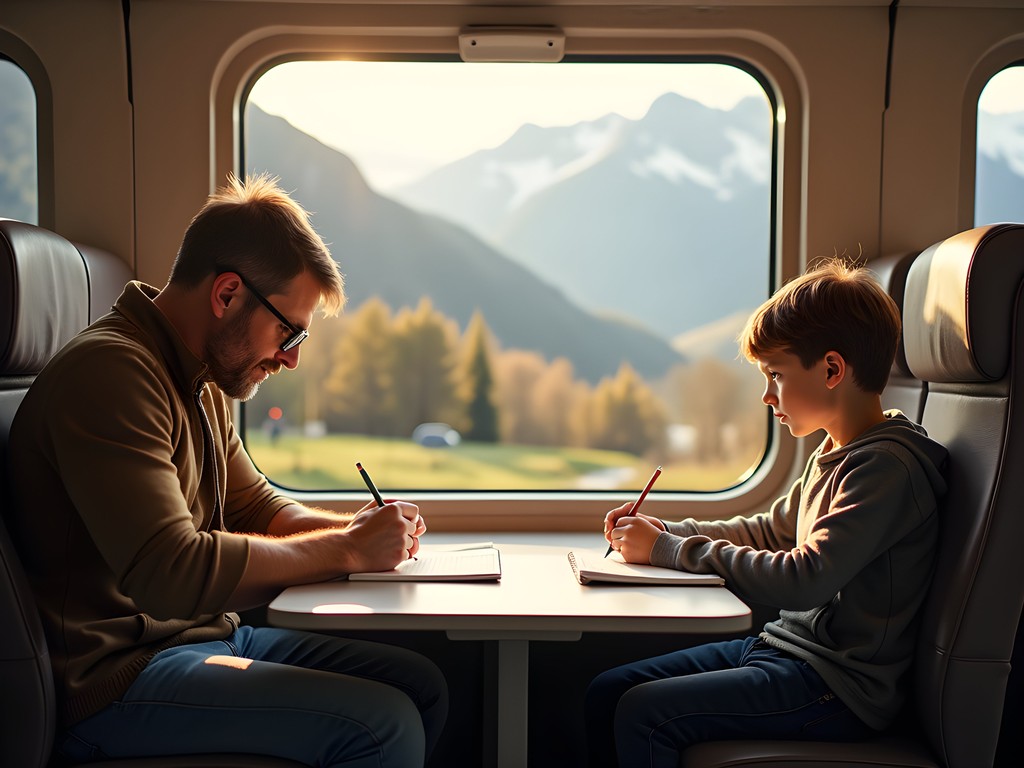
💡 Pro Tips
- Create a special 'train only' activity that kids look forward to on each journey
- Download offline entertainment before departure—train WiFi isn't always reliable
- Encourage kids to document the journey their way—through drawings, photos, or collecting ticket stubs
Final Thoughts
As our ICE train pulled into Berlin Hauptbahnhof—the glass-domed finale to our two-week rail odyssey—I realized that European train travel had fundamentally changed how I think about journey and destination. Like the best animated films, the magic wasn't just in the key frames but in the fluid movement between them. Each train ride offered a seamless transition between cultures, languages, and landscapes that flying simply can't provide. Miles summed it up perfectly as we stepped onto the platform in Berlin: 'Dad, I think I like the going as much as the getting there.' That's the true gift of rail travel—it transforms transit time into core memory time. Whether you're traveling solo or with family, Rome to Berlin by rail offers a masterclass in slow travel that connects you not just to places but to the spaces between them. Our sketchbooks are filled, our perspectives widened, and our next European rail adventure is already taking shape in our imaginations. The tracks are calling—where will they take you?
✨ Key Takeaways
- European rail passes offer flexibility but popular routes still require seat reservations
- Backpacks are vastly superior to wheeled luggage for train travel through historic European cities
- The journey between destinations offers unique educational and bonding opportunities
- German ICE trains and Italian Frecciarossa offer different experiences but both provide comfortable, efficient service
📋 Practical Information
Best Time to Visit
Late spring (May-June) or early fall (September) for fewer crowds and pleasant weather
Budget Estimate
€2,500-3,500 for 2 weeks (mid-range accommodations, food, attractions, and rail pass)
Recommended Duration
Minimum 10 days, ideally 14-16 days
Difficulty Level
Moderate

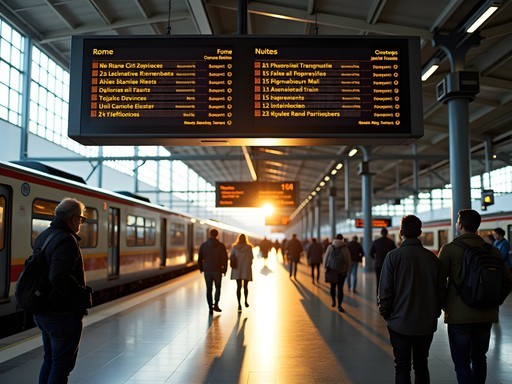
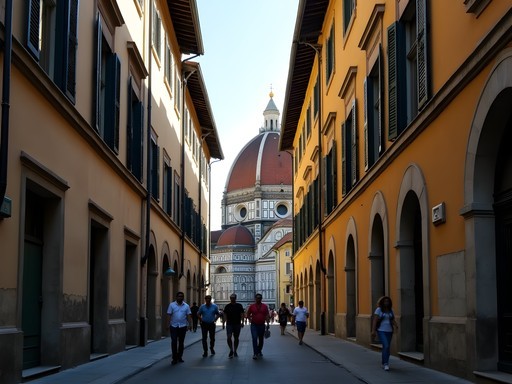
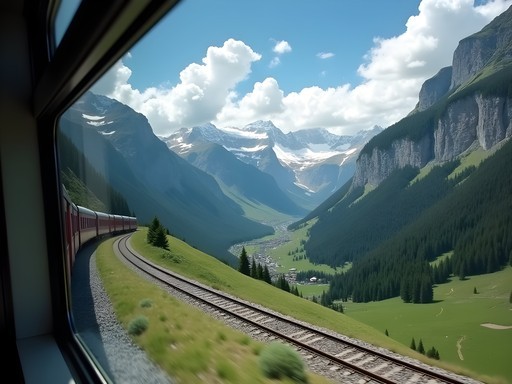
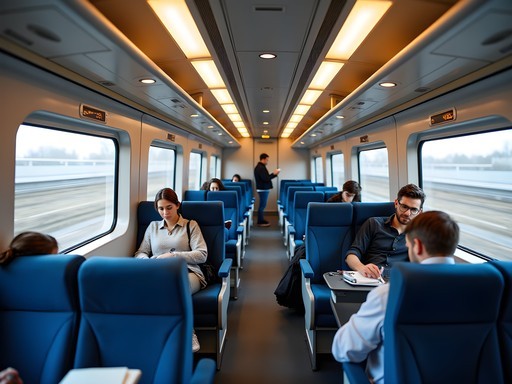




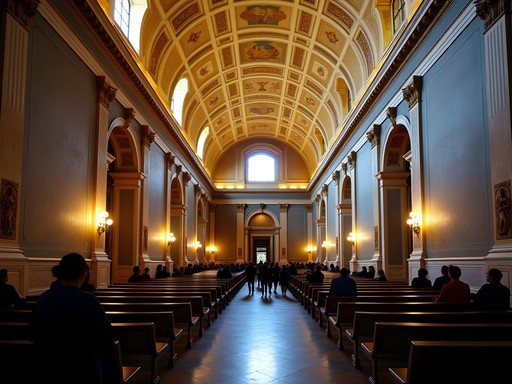
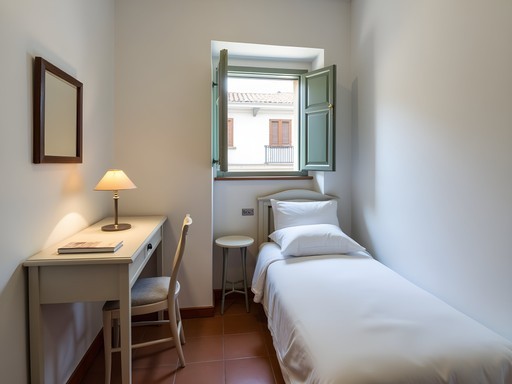
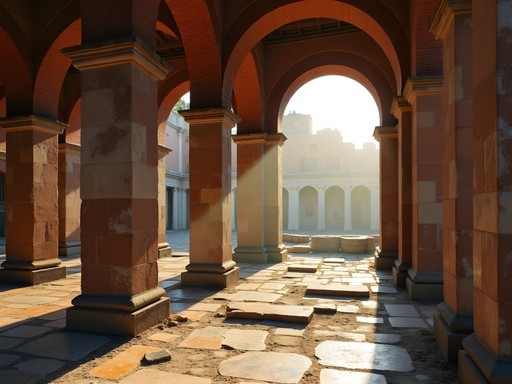

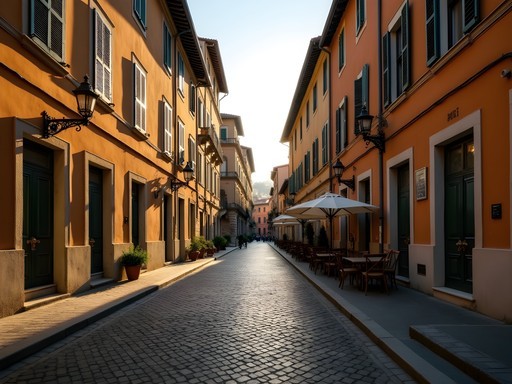
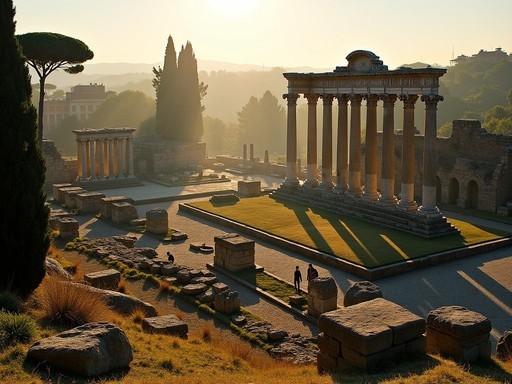
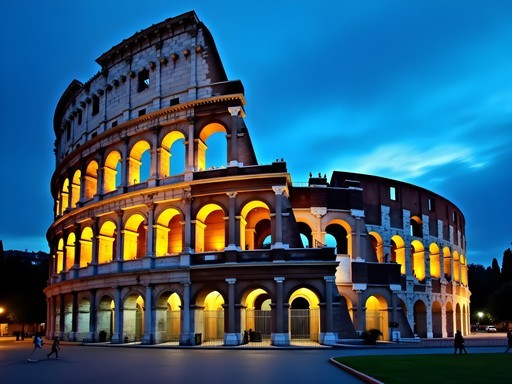
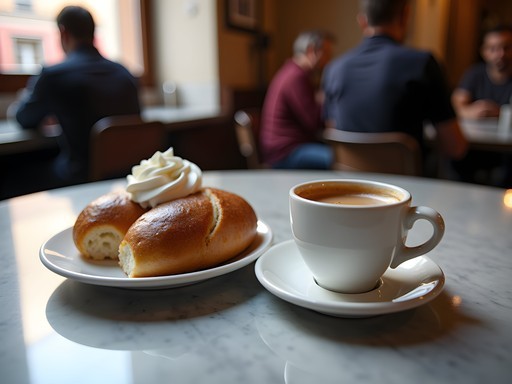
Comments
Marco Flores
Just finished a similar route last month! The Venice-Innsbruck segment is pure magic - I spent the entire journey with my camera glued to the window. One suggestion: if you have time, break your journey in Verona for a night. It's less crowded than Venice and the Roman amphitheater is spectacular at sunset. I stayed at a small pensione near the station and had one of the best meals of my trip at a little family restaurant nearby. The train station there is also much less chaotic than Venice's Santa Lucia, which can be overwhelming with luggage and kids. Great post, Ethan - your storytelling style really captures the romance of European rail travel!
moonclimber
Marco - do you remember the name of that restaurant in Verona? I'll be there in September!
Marco Flores
It was called Osteria del Bugiardo - small place on a side street about 10 minutes walk from the arena. Their risotto was incredible!
Haley Hamilton
Ethan, your post brought back so many memories! I did a similar journey in 2019 and completely agree about the magic of seeing Europe unfold through a train window. For anyone planning this route, I'd add that the Florence-Venice leg has some surprisingly beautiful moments as you cross through the countryside. One thing I wish I'd known: the Munich station has amazing food options in the lower level that many travelers miss. Perfect for stocking up before the final stretch to Berlin! Also, did you stop in Innsbruck? That short detour was one of my favorite unexpected discoveries.
Ethan Parker
We spent two nights in Innsbruck and it was magical! Miles kept saying it felt like we were living inside a snow globe. That golden roof in the old town was his favorite spot. And thanks for the Munich station tip - we definitely missed that!
summerlife
Your description of the glass dome at Berlin Hauptbahnhof gave me chills! Adding this to my bucket list right now.
moonclimber
Did you book all your tickets in advance or buy as you went? Trying to figure out the most cost-effective approach for next spring.
Ethan Parker
I booked most of the longer legs (like Munich-Berlin) about 3 months in advance to get the best prices. For shorter regional trips, I bought tickets a few days before. Definitely recommend the Eurail Pass if you're doing lots of countries - saved us at least €200 overall.
journeyqueen
Those photos of the Alps are breathtaking! Adding this to my bucket list right now.
Fatima Sims
What a beautiful journey! I did Rome to Berlin last spring, though I took a slightly different route through Switzerland instead of Austria. I found the Eurail Global Pass to be absolutely worth it for this kind of multi-country journey. One thing I'd add for anyone planning this trip: the Rome Termini station can be overwhelming if you're not prepared. I'd recommend arriving at least 30 minutes before departure to navigate the station. The Berlin Hauptbahnhof, as you mentioned, is such a magnificent end point - I spent an extra hour there just photographing the architecture!
summergal1467
This looks amazing! I'm planning something similar with my 8-year-old next summer. How did your son handle the longer train rides? Any specific activities or tips to keep kids entertained?
Ethan Parker
Miles did great! We packed a small backpack with his favorite card games, a sketch pad, and downloaded some movies on our tablet. The changing scenery actually kept him entertained more than I expected. And don't underestimate the train restaurant cars - exploring those was an adventure itself for him!
summergal1467
That's so helpful, thank you! I'll definitely pack some art supplies. Did you use a Eurail pass or buy individual tickets?
Bryce Diaz
Man, this brings back memories! I did a similar route last year but in reverse - started in Berlin and worked my way down to Rome. The Brenner Pass section between Innsbruck and Italy was the highlight for me - those mountains just don't quit! One tip for anyone planning this journey: the regional trains in Italy can sometimes run behind schedule, so build in buffer time if you have connections. I nearly missed my Munich train because my Florence-Venice leg was delayed by 40 minutes. Also worth noting that some of the smaller stations don't have escalators, so pack light if you can. I struggled with my roller bag up more stairs than I care to remember!
islandguy
How did your 10-year-old handle the long stretches on the train? Planning something similar with my kids next summer.
Ethan Parker
Miles actually did great! I loaded up a tablet with movies, but he mostly just watched the scenery. We also brought a travel chess set and some card games. The key was breaking up longer journeys with overnight stays.
islandguy
Thanks for the tips! Chess set is genius. How many hours was your longest leg?
Ethan Parker
The Munich to Berlin stretch was about 4 hours on the ICE train. But it flies by - super comfortable seats and the dining car was an adventure in itself for Miles!
luckywalker
Did a similar route last year but in reverse - started in Berlin and worked our way down. The Munich to Innsbruck leg was definitely the highlight for us too! Those mountain views are unbeatable. One tip: we found getting a table seat on the scenic routes made a huge difference for enjoying the views. Worth the extra reservation fee if it's not included in your ticket.
tripmaster
Did you find it easy to book those table seats in advance? Or did you just request them at the station?
luckywalker
I booked them online about a month before our trip. The German and Austrian rail websites let you select seat preferences when you book!
Venture X
Premium card with 2X miles, $300 travel credit, Priority Pass